Fixed Income Investments
Fixed Income type investments generally can be described as a safe investment, that is, when you decide to invest your savings in this type of investment you are guaranteed to get your money back plus the income earned. Fixed Income investments are known as a type of loan where you lend your savings to a corporation or government and they agree to pay you an income (in the form of interest payments) and return your savings to you at a future date. Unlike a Growth investment or a Hybrid investment, however, Fixed Income investments do not give you an ownership interest in the company or government that you lend your savings to.

Categorizing Fixed Income Investments
In general, for an investment to be categorized as Fixed Income, the investment should have the following attributes:
- a set maturity date, where the investor’s invested capital will be returned to them
- a set, regular annual income
- a return of the investor’s capital and the contracted income payments secured by the issuer’s guarantee
Most investments can be bought and sold in a financial market (stock market, bond market, etc) and their market values are constantly changing. The market value of a Fixed Income investment is typically influenced by
- the credit rating of the issuer
- the current interest rate environment
- the issuer’s credit rating, and
- the investment’s liquidity
Note: Unlike Growth investments, the market value for Fixed Income investments does not benefit directly from the issuer’s profitability. If the issuer increases the amount of profit it earns, all of the benefit from the increase in profits will go to the owners of the issuer’s common shares, the people who own Growth investments in the company. However, the holders of Fixed Income investments do benefit indirectly from increased profitability to the extent that the improvement supports or improves the issuer’s credit rating.
The following table outlines the different investments in the Fixed Income investment type category:
| Investment Category | Investments in each category |
|
Fixed Income
|
|
Note: We classify preferred shares as a Fixed Income investment. While preferred shares may be missing a maturity date, we view their individual features and the market’s valuation of preferred shares to be closer aligned with a Fixed Income investment than with a Growth investment.

